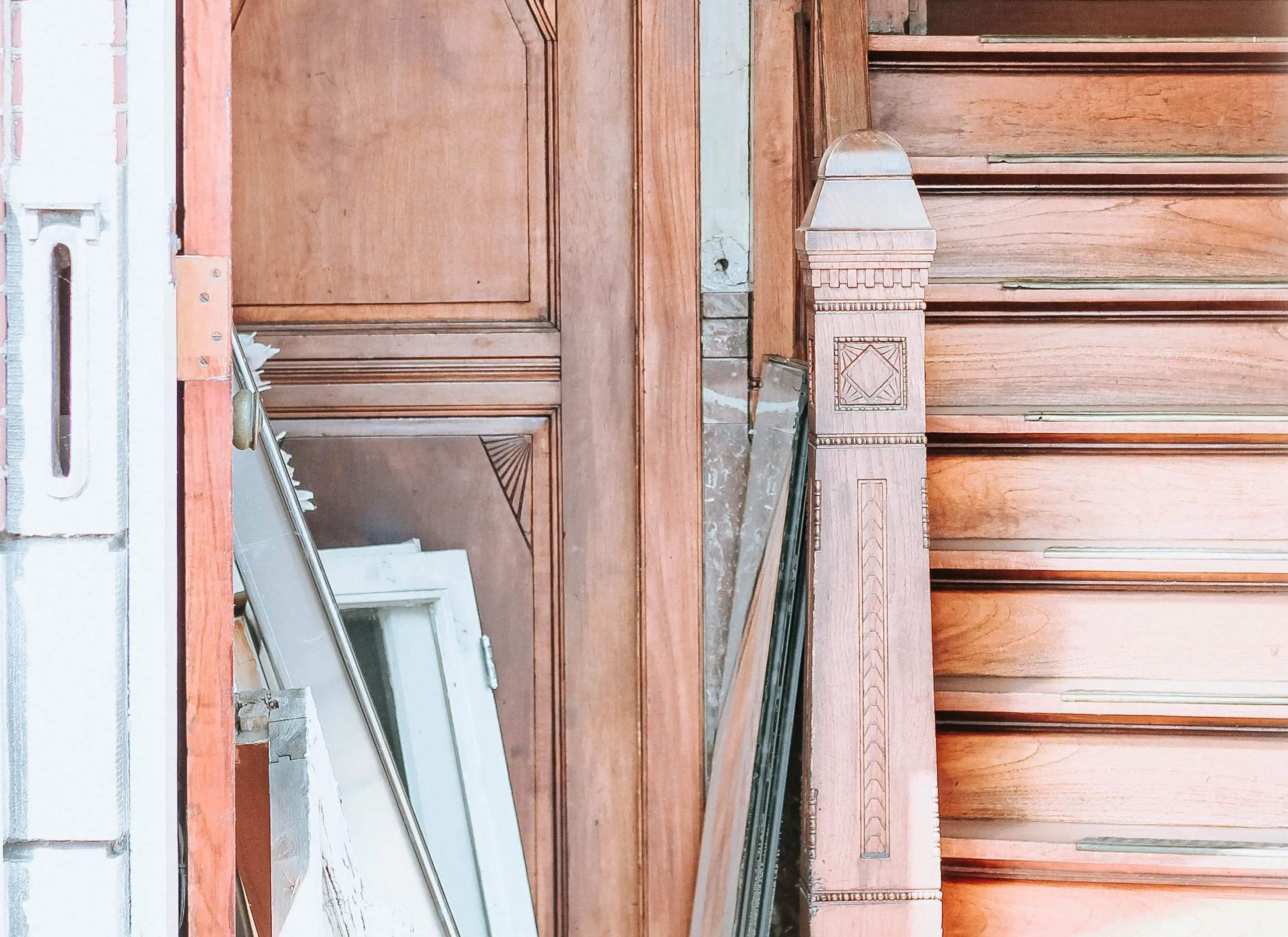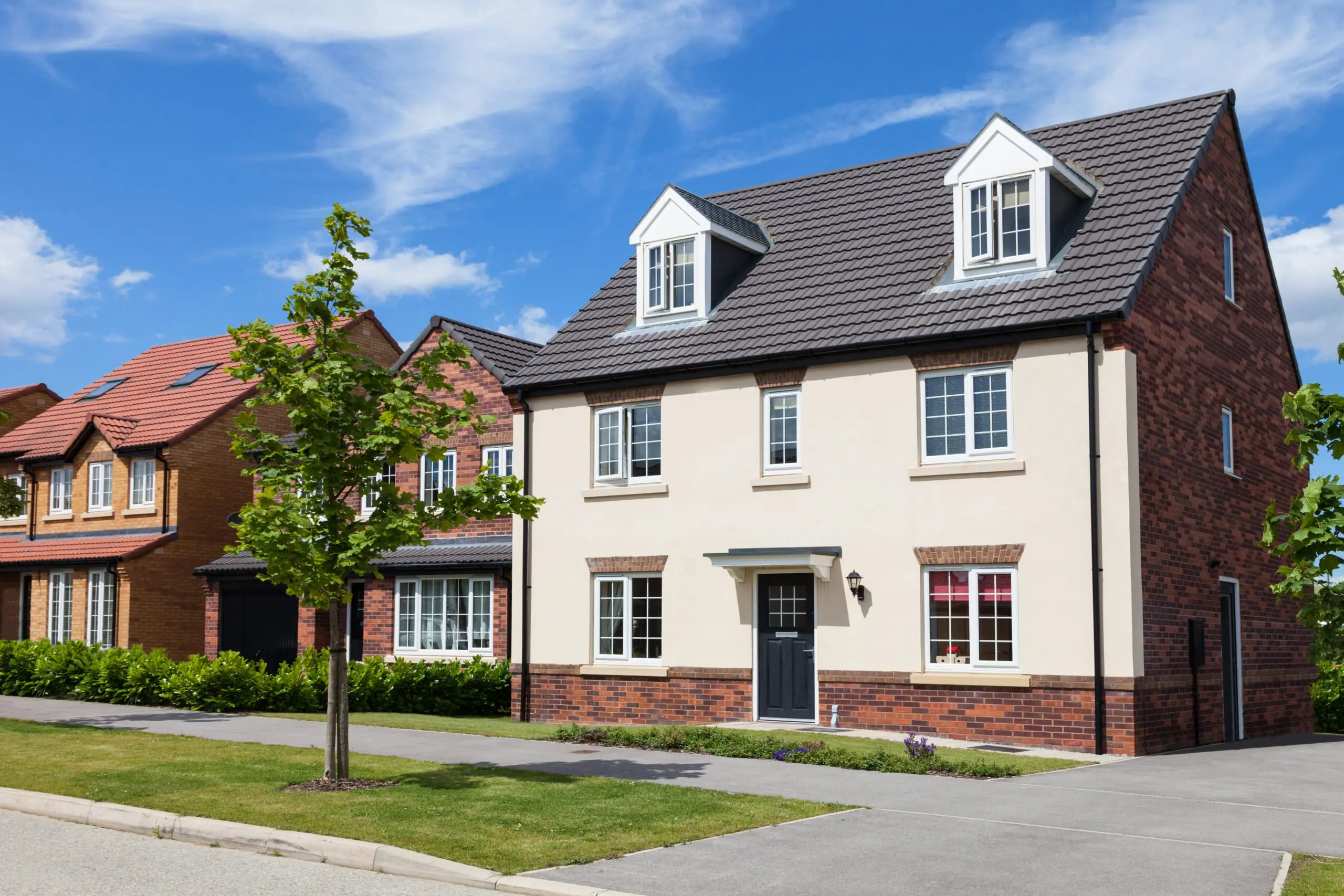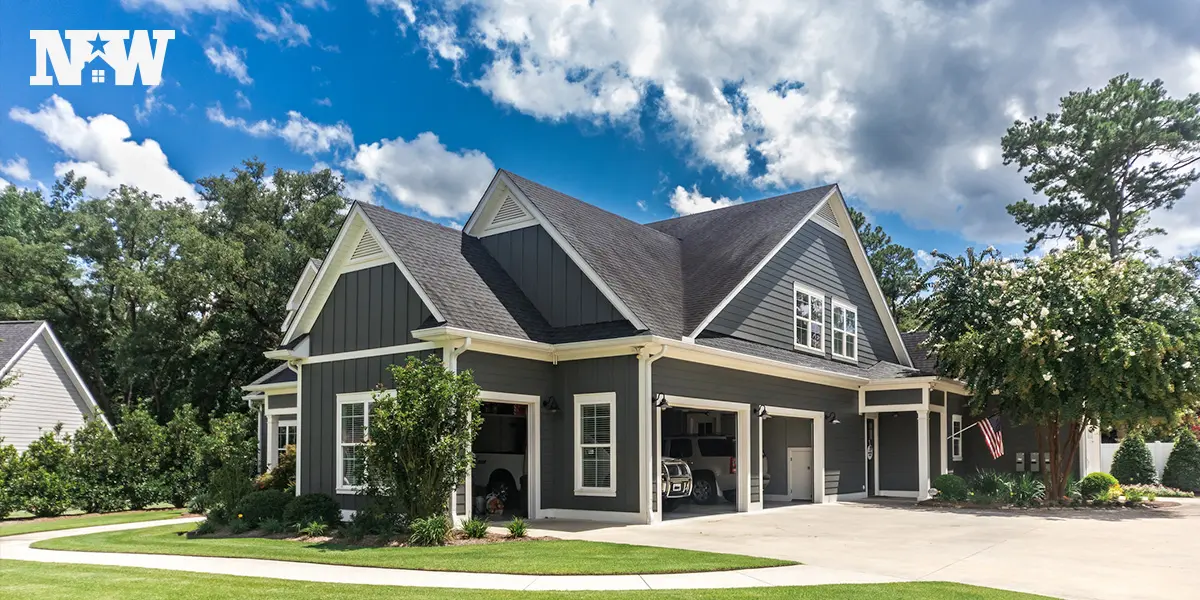Through watching countless TV shows, reading blogs online, and joining the ranks of social media, many homeowners have begun their real estate investment journeys. These journeys often begin by flipping properties.
In many cases, the property itself will need to be rehabilitated in some fashion. Whether it is interior renovations, an exterior overhaul, or a combination of the two, one thing that investors must always consider is the ARV of the home.
What Is ARV In Real Estate?
ARV is after repair value, the value of a property after renovations are complete. This figure is essentially an estimate of what you think the property will be worth once it has been properly renovated, restored, and rehabilitated. After repair value is determined by lenders and appraisers when an ARV loan is requested.
Unfortunately, many first time investors don’t know how to accurately calculate the ARV before they begin a project. If you don’t properly calculate the ARV, then you are metaphorically (and literally in some DIY cases), swinging blindly.
The savviest real estate investors know that they need to know the local housing market inside and out before they can accurately calculate the ARV. They also know that they need to have home sales records for similar properties, be confident in their calculations, and accurately estimate repair costs.
How Is ARV Calculated?
The After Repair Value Formula is:
Current value + Value added from renovations = ARV.
To find the values needed for the ARV real estate formula, you determine the current value of the property and separately decide what value was added from your renovations. Accurately determining the figures used in the ARV formula can be difficult when you don’t know what to look for.
For example, if you bought the property at a foreclosure auction, then you might have received a deep discount. This means that the current value might be drastically different from your purchase price.
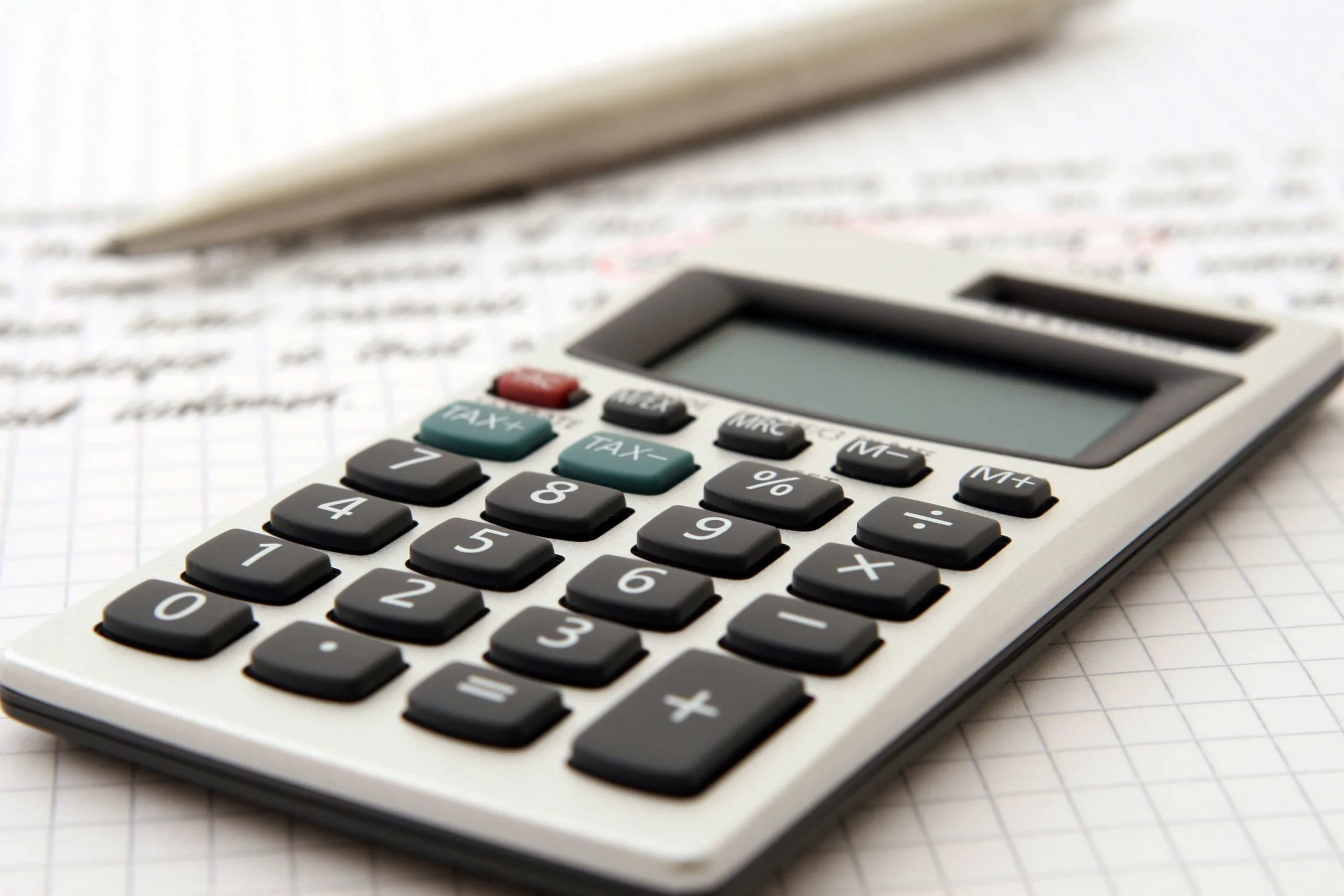
You can determine the current value by comparing your property to similar homes in the area. You should also analyze the asking, sale, average, and median prices for similar homes sold within the surrounding neighborhoods over the past four months. After you have accurately determined the current value of your home, you will need to estimate the repair costs.
Estimating the repair costs is once again made easier with market research. An experienced contractor can help you to estimate the costs of materials and repairs. The contractor will also be able to give you a timeline for completing repairs. The latter timeline is especially important if you need to sell the investment property at a certain time of the year.
For example, the spring and summer months are typically the most desirable times to sell a home. If your repairs won’t be completed until the fall, then you might discover that your property sits empty until the warmer spring months.
Any financing and home sale costs must also be factored into the estimate for repairs. Finally, you will need to determine if the value added by your repairs will outweigh the money spent to complete them.
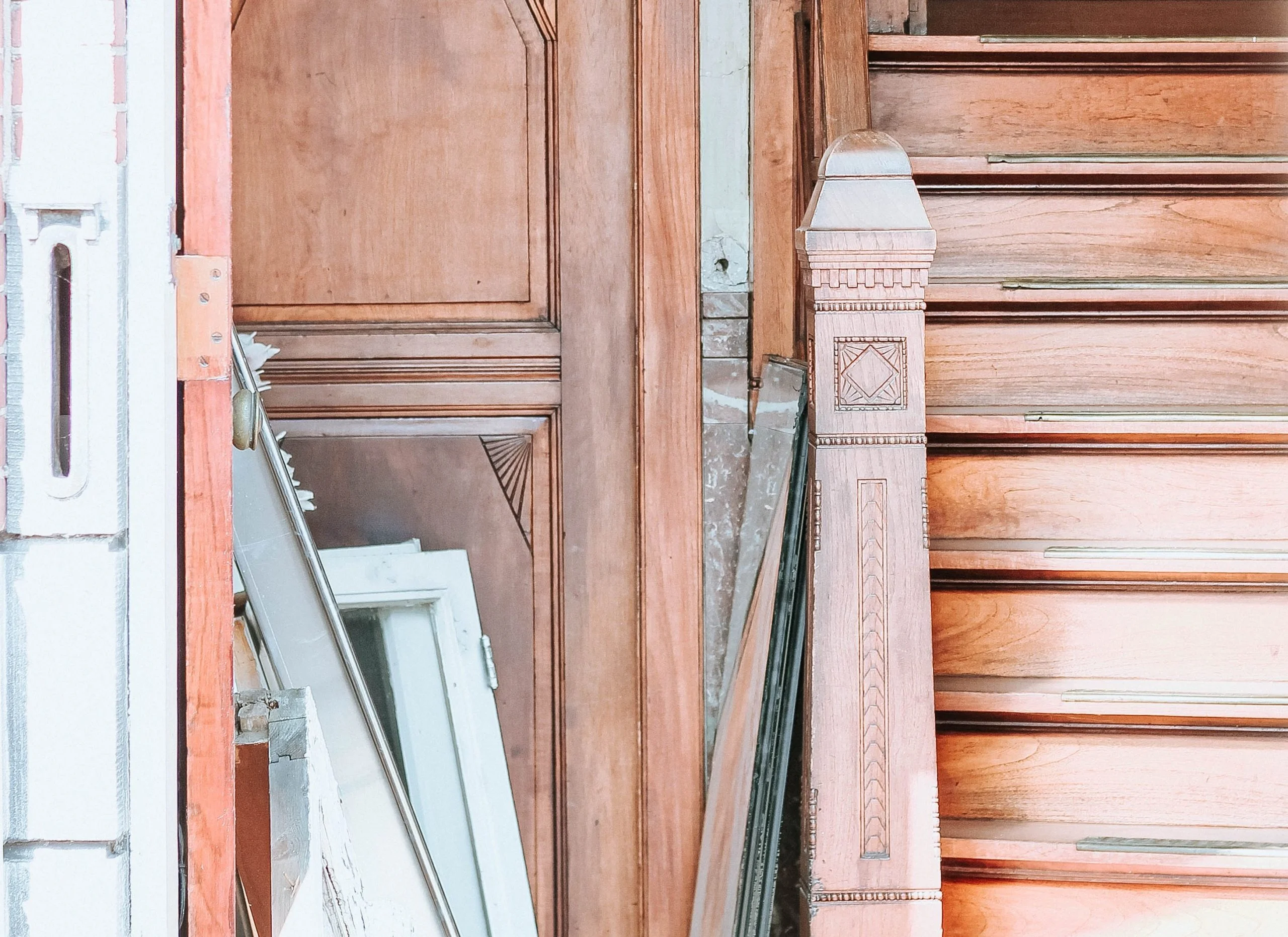
7 Tips To Maximize Profits
Real estate investors can maximize their profits on a property flip by implementing the following seven tips:
- Find the right team to help negotiate the purchase price of the property so that it meets the 70% rule.
- Hire trusted contractors to receive accurate repair estimates that are needed to successfully calculate ARV.
- Create a budget that is based on the potential buyer (not your own buying budget).
- Know the local market, including the home needs, wants, and desires of your potential buyers.
- Spend on high-end materials only if you are planning on selling to a luxury buyer. In other words, if lower-cost materials will do, then don’t break the bank spending money on unnecessarily expensive items.
- Look for discounts at every stage of the repair. You should never skimp on quality. However, if you know where to look, then you can quickly discover cheaper supplies.
- Before you rely on the “brand name” home stores, be sure to check liquidators or rehab stores for the best deals.
Let New Western Find your Next Flip
Are you ready to find your next flip? If so, then you will need to first find a property before you can even begin to calculate an accurate ARV to better determine if the flip will be profitable. Finding the right property can be both challenging and highly time-consuming.
Working with New Western, a licensed agent will match you with investment properties and find you comparable sales to help you determine the ARV and what you can afford to spend on your flip. We’ve helped thousands of investors realize their real estate dreams and our agents are local market experts ready to connect you with a deal that’s right for you.
{
“@context”: “https://schema.org”,
“@type”: “FAQPage”,
“mainEntity”: [{
“@type”: “Question”,
“name”: “How Is ARV Calculated?”,
“acceptedAnswer”: {
“@type”: “Answer”,
“text”: “The After Repair Value Formula is: Current value + Value added from renovations = ARV.”
}
},{
“@type”: “Question”,
“name”: “What Is ARV In Real Estate?”,
“acceptedAnswer”: {
“@type”: “Answer”,
“text”: “ARV is after repair value, the value of a property after renovations are complete. This figure is essentially an estimate of what you think the property will be worth once it has been properly renovated, restored, and rehabilitated. After repair value is determined by lenders and appraisers when an ARV loan is requested.”
}
}]
}
